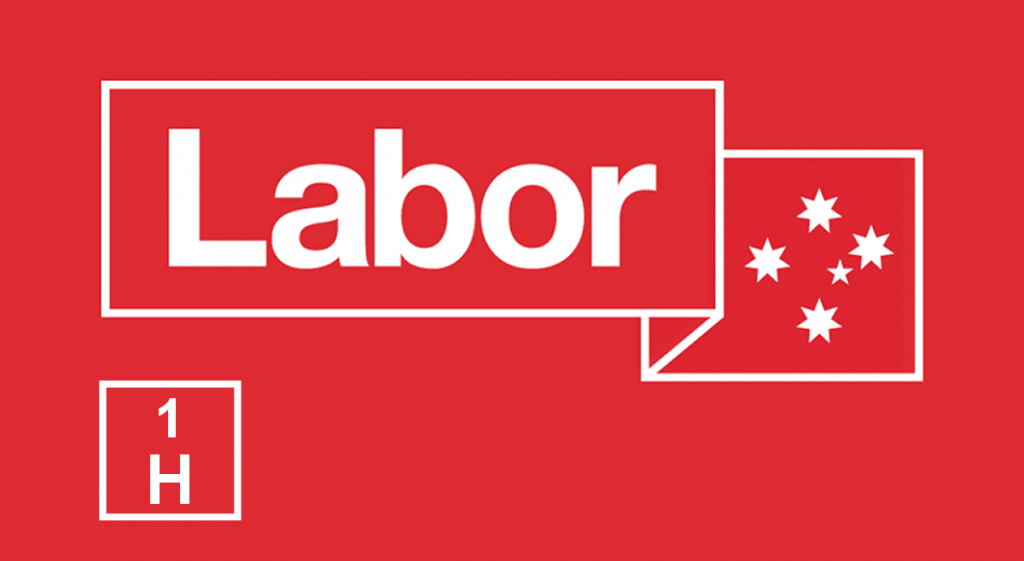Federal Labor announced yesterday that under a Labor government, $1.14 billion would be invested under a National Hydrogen Plan to make Australia a global leader in the growing hydrogen industry.
“From transforming transport, to providing secure, affordable and clean energy for industry, the potential of an Australian hydrogen industry is massive,” says Labor.
Hydrogen gas can be produced through the process of electrolysis, using electricity to split water into hydrogen and oxygen. It’s an energy intensive process, but Labor says Australia’s renewable energy sector can be leveraged to produce cleaner hydrogen competitively – using wind energy, solar power and other renewables.
Under the National Hydrogen Plan:
- $1 billion of funding will be allocated from the Clean Energy Finance Corporation to support clean hydrogen development. This will come from Labor’s previous commitment to double the CEFC’s capital by $10 billion.
- Up to $90 million of the Australian Renewable Energy Agency’s unallocated funding will be invested to support research, demonstration projects and pre-commercial deployment of related technologies.
- $10 million for funding hydrogen refueling infrastructure across the country, also from unallocated ARENA funding.
- $40 million from unallocated CEFC Clean Energy Innovation Fund cash for hydrogen tech and businesses that have moved beyond R&D stage.
- Implementation of regulatory reforms to support the industry.
- A National Hydrogen Innovation Hub to be established in Gladstone, Queensland
Australia’s Clean Energy Council was among those generally welcoming the plan.
“Labor’s National Hydrogen Plan could create a new export industry powered by our world-class wind and sunshine, which may one day rival resource commodities such as liquid natural gas,” said Chief Executive Kane Thornton.
Hydrogen as part of a clean energy future has its issues and challenges – among them:
Green, Blue And Brown Hydrogen
A devil in the detail of Labor’s plan was mention of blue and brown hydrogen. One of Labor’s commitments involves “reforms to better support the storage of CO2 from blue and brown hydrogen production”. Blue hydrogen is created from gas and brown from coal. As SQ’s Ronald recently pointed out, coal to hydrogen is just plain dumb – and from natural gas it probably isn’t much smarter.
Green hydrogen is generally considered to be produced from renewables-powered electrolysis.
Where Would The Water Come From?
Creating a lot of hydrogen needs a lot of energy – and water. Australia isn’t exactly flush with fresh water resources, but sea water can be used. As for what to do with the salts left behind, that would be dumped back into the sea. This could create some localised salinity issues depending where and how it was dumped.
Shipping Hydrogen
Aside from the energy involved in producing it, one of the challenges of working with hydrogen regardless of its source has been transporting the gas. Back in 2017, we reported CSIRO was putting the final touches on a system enabling hydrogen to be shipped in ammonia form using existing infrastructure and then reconverted back to hydrogen at the point of consumption.
UPDATE 25 January : SQ’s Ronald thinks Labor’s plan is a “Lead Zeppelin” – find out why in his analysis of Labor’s National Hydrogen Plan.


 RSS - Posts
RSS - Posts



What is Australia’s natural advantage as a competitor in the hydrogen market?
Are these statements correct?
Places nearer the equator have more sunshine.
Everywhere has seawater
Places nearer the equator are closer to the markets. Perhaps you could build a pipeline from Singapore or Vietnam to China or even Japan.
Places near the equator are politically more aligned with the neighborhood. Japan and China would fear that Australia could cut gas supplies in the event of hostilities (even if they are short of war) China could cause extreme economic difficulties if Australia decides to back US expansion in SE Asia.
Regardless of who wins the next election a later Government might discard the whole renewable s industry
It could only be done with foreign money and this could be turned into yet another anti China campaign by Murdoch press.